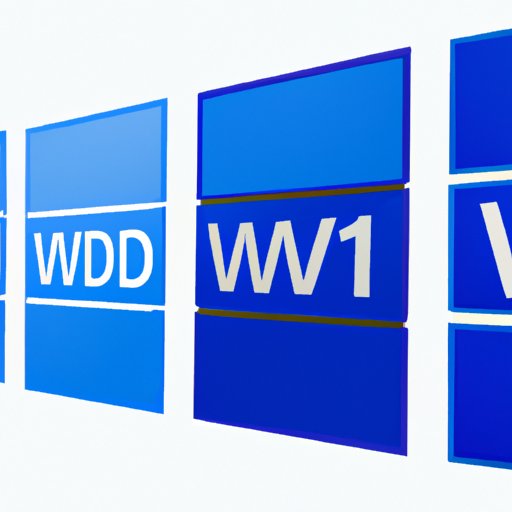
Introduction
Since the release of Windows 11, many users have encountered various issues with the new operating system. Some users have found that their devices are not compatible, while others have experienced compatibility issues with applications and software. If you are one of those users, you might feel like you are in a tough situation. In this article, we will provide a step-by-step guide on how to revert back to Windows 10. Our aim is to equip you with the information you need to make an informed decision.
Step-by-Step Guide
Reverting back to Windows 10 from Windows 11 is a straightforward process. However, it is recommended to create a backup of all your data before proceeding with the steps. This will ensure that you do not lose any important data during the process.
Step 1: Open Settings
Press the “Windows + I” key combination to open the Settings app. Alternatively, you can click on the Start menu and select the gear icon.
Step 2: Navigate to Update & Security
In the Settings app, click on “Update & Security.”
Step 3: Select Recovery
In the “Update & Security” section of the Settings app, click on “Recovery.”
Step 4: Start the Recovery Process
Under the “Recovery” section, click on “Get started” under the “Go back to the previous version of Windows 10” option. Follow the on-screen instructions to complete the process.
Video Tutorial
For users who prefer a more visual approach, we have provided a video tutorial that outlines the process of reverting back to Windows 10. The tutorial is easy to follow and can be accessed on our website.
Reasons to Switch Back to Windows 10
While Windows 11 has many new features and improvements, it also comes with some issues that users have experienced. One of the main issues is compatibility with software and applications. Many users have reported that certain programs do not run smoothly on Windows 11. Additionally, some devices are not compatible with the new operating system, which can cause significant problems. However, by reverting back to Windows 10, users can address these issues and avoid any further complications.
Preparing the PC Before Reverting Back
Prior to reverting back to Windows 10, it is essential to take some necessary precautions. These precautions will ensure that the process is smooth and less complicated. The first step is to create a backup of all your data. This includes documents, files, pictures, videos, and any other important data that you might have. Additionally, you might want to take note of your current installed programs and make a list for future reference.
Troubleshooting Common Issues
While the process of reverting back to Windows 10 is straightforward, some common issues can occur. For instance, some devices might not complete the process successfully, while others might encounter compatibility issues. In this scenario, it is recommended to seek technical assistance to address the problem. Most importantly, it is essential to back up your data before initiating the process.
Understanding Compatibility
Before reverting back to Windows 10, it is crucial to check the compatibility of your device with the operating system. This is because some devices might have compatibility issues that can cause significant problems. You can check for compatibility by visiting the device manufacturer’s website. If your device is not compatible, you might need to consider upgrading to a new device or seeking technical assistance to resolve the issue.
Presenting Arguments
Reverting back to Windows 10 has many benefits. Firstly, Windows 10 is a stable operating system that has been in operation for many years. This means that it is reliable, and most devices are compatible. Additionally, Windows 10 has been critically acclaimed for its improved speed, performance, and security features. While Windows 11 has a modern design and fresh new features, the drawbacks might outweigh the benefits.
Conclusion
Reverting back to Windows 10 from Windows 11 might seem like a daunting task, but it is a straightforward process. With our comprehensive guide, you can ensure that the process is smooth and less complicated. Most importantly, by reverting back to Windows 10, you can address issues such as compatibility and software issues. Remember to back up your data and take necessary precautions before initiating the process.




